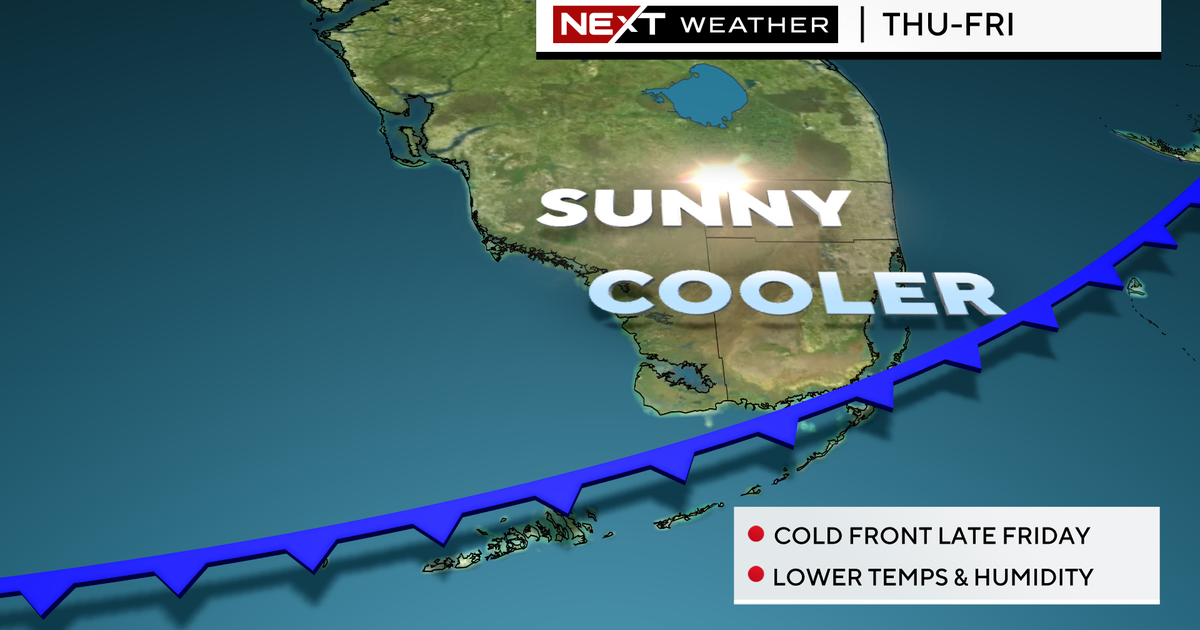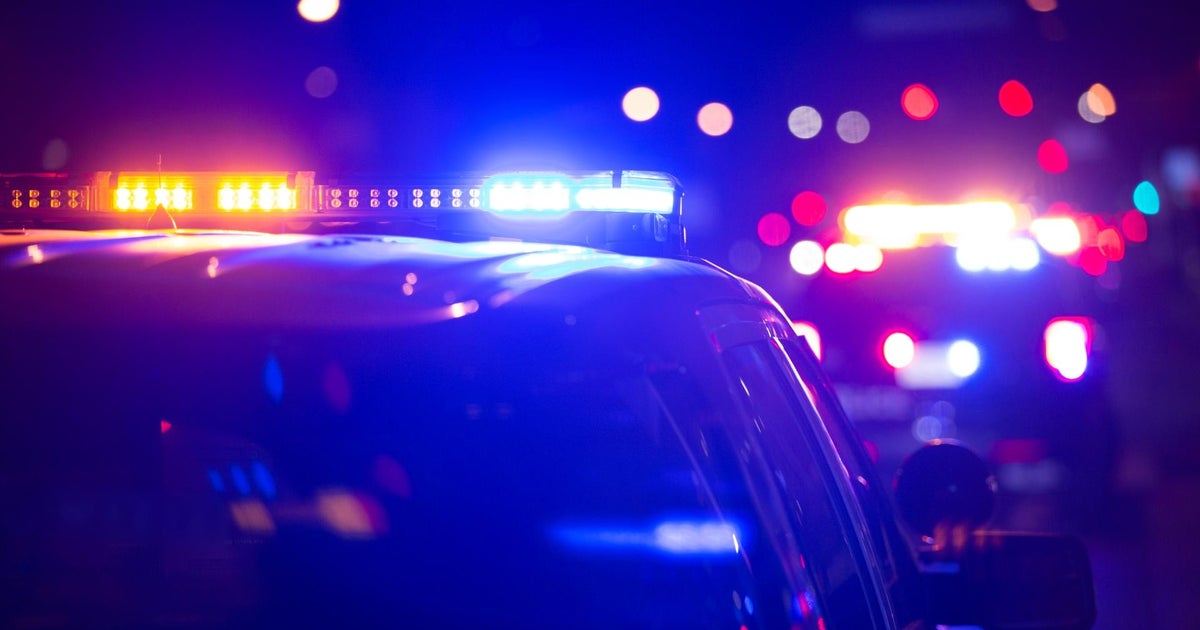Near Collision Occurs After CBS4 Report
Yet another near collision on a runway was reported in South Florida, coming less than a day after an exclusive CBS4 investigation into close calls in our skies and on our airport runways.
The CBS4 I-Team has learned that only hours after our I-Team investigation aired, it happened again. This time it happened at Miami International Airport.
This latest close call involved a twin engine turboprop and a Boeing 757. Sources tell the CBS4 I-Team that around 10 a.m. Tuesday, an American Eagle Airlines AT-72 made a wrong turn onto runway 26 L. At the same time the 757, operated by UPS, was being cleared for take off, doing 50 knots down the very same runway 26L--headed straight for the turboprop when air traffic controllers intervened and stopped both planes.
A four month, CBS4 I-Team investigation found these close calls are more common than most of us realize. Digging through 138 thousand anonymous pilot reports filed with NASA over the years, the I-Team uncovered at least 110 incidents of what pilots termed close calls, near-misses and runway incursions.
Close calls--like the one Tuesday at MIA--don't make the headlines or the news.
United States Representative Ron Klein, a Democrat from Palm Beach says emphatically, "The FAA has to do a better job."
Congressman Klein worries it will take a long time to fix a problem that's been years in the making.
"This is a serious issue we don't want to have to wait until a serious accident occurs before we take the necessary measures to protect the public from a serious accident," he said.
Air traffic controller Mitch Herrick tells the I-Team, "It seems as though the slogan now is 'safety at all costs as long as it's cheap.'"
Veteran air traffic controllers such as Herrick blame the FAA for this growing safety problem. The veteran controllers say the administration of the FAA isn't moving fast enough to install the new technology or to replace controllers who are retiring in large numbers.
"Sure it alarms me because my fellow controllers are working those airplanes every day and they're being asked to put ten pounds of potatoes into a five pound bag," said Herrick.
The Director of Operations at Fort Lauderdale-Hollywood International Airport, Michael Nonnemacher, agrees that more needs to be done.
"We in aviation industry worry about it it's one of our top priorities," said Nonnemacher.
Airports such as Fort Lauderdale International aren't waiting on the FAA. Those airports are aggressively making improvements to their layouts and signage to reduce pilot confusion and thus the number of these near misses.
Nonnemacher explains how far his airport has already gone to try to mitigate the problem.
"We go above and beyond what the minimum standard is. Any area that we look at that may be what we call a hot spot or could be confusing we'll put additional markings or signage or lighting out there or educate pilots," Nonnemacher told the CBS4 I-Team.
Nonnemacher points out that Fort Lauderdale-Hollywood International just won an award from the FAA for the airport's aggressive safety program.
The FAA confirms the details of the incident at MIA on Tuesday and a spokeswoman says it is now investigating. A spokeswoman says the two planes never got closer than 4,000 feet from each other.
The FAA also confirmed a report from a passenger on a flight from Kingston, Jamaica, to South Florida. The passenger told CBS4 News that Monday, February 25, 2008, around 3:15pm, an Air Jamaica flight on which he was flying had to miss its landing approach and go around again after another plane was still on the runway at Ft. Lauderdale. The FAA confirms this.
But the FAA does not classify that as a runway incursion or close call, but instead a spokeswoman says that kind of "go around" during a landing is routine and no one was in any danger.
The FAA declined an on-camera interview to talk about the problem of close calls at our airports.
Congress has also made its displeasure with the FAA in other ways. Several key US Senators have moved to block the nomination of Robert Sturgell as head of the FAA because of these problems.
If you'd like to learn more or if you'd like to read details of these pilot complaints to NASA CLICK HERE.
(© MMX, CBS Broadcasting Inc. All Rights Reserved.)



